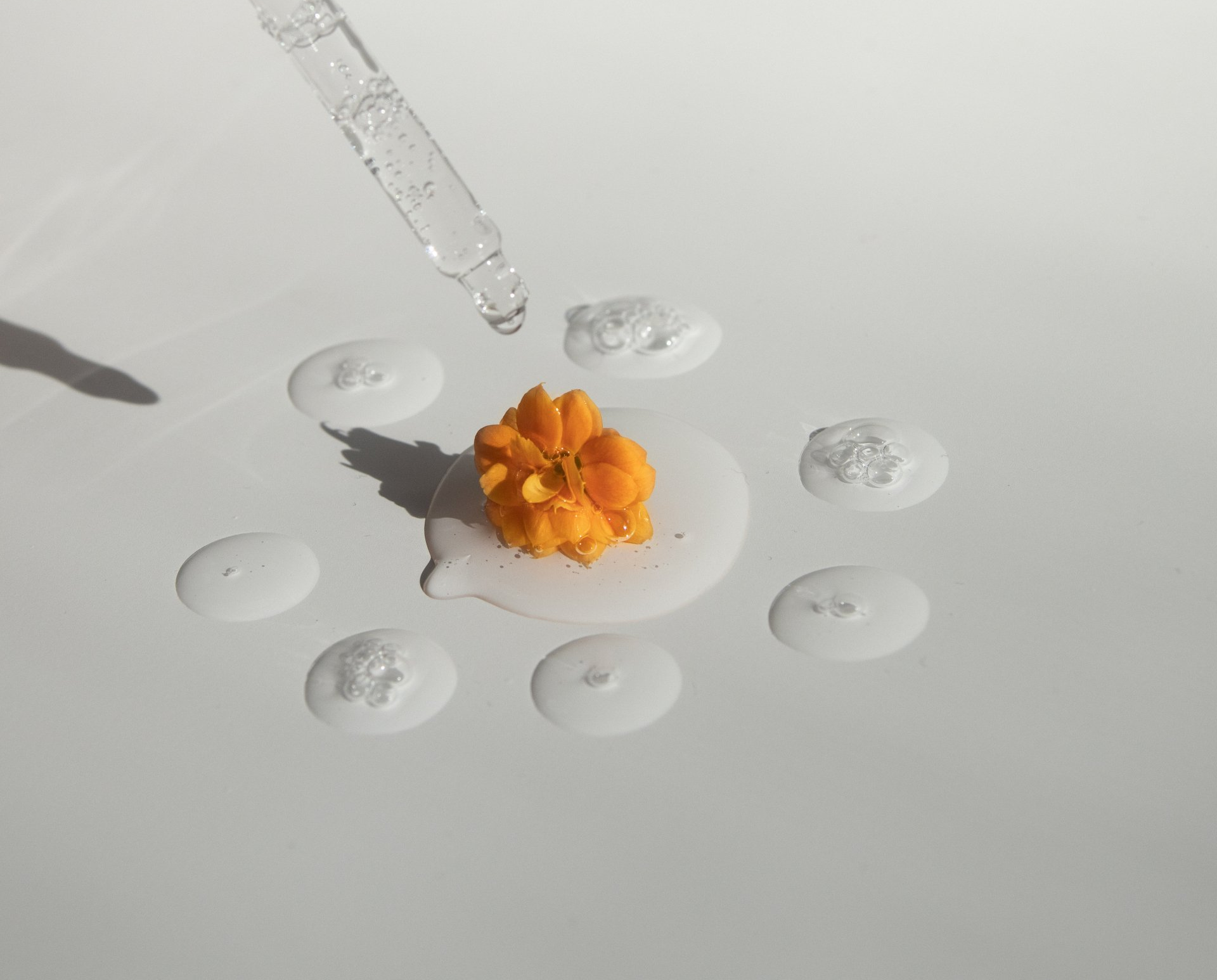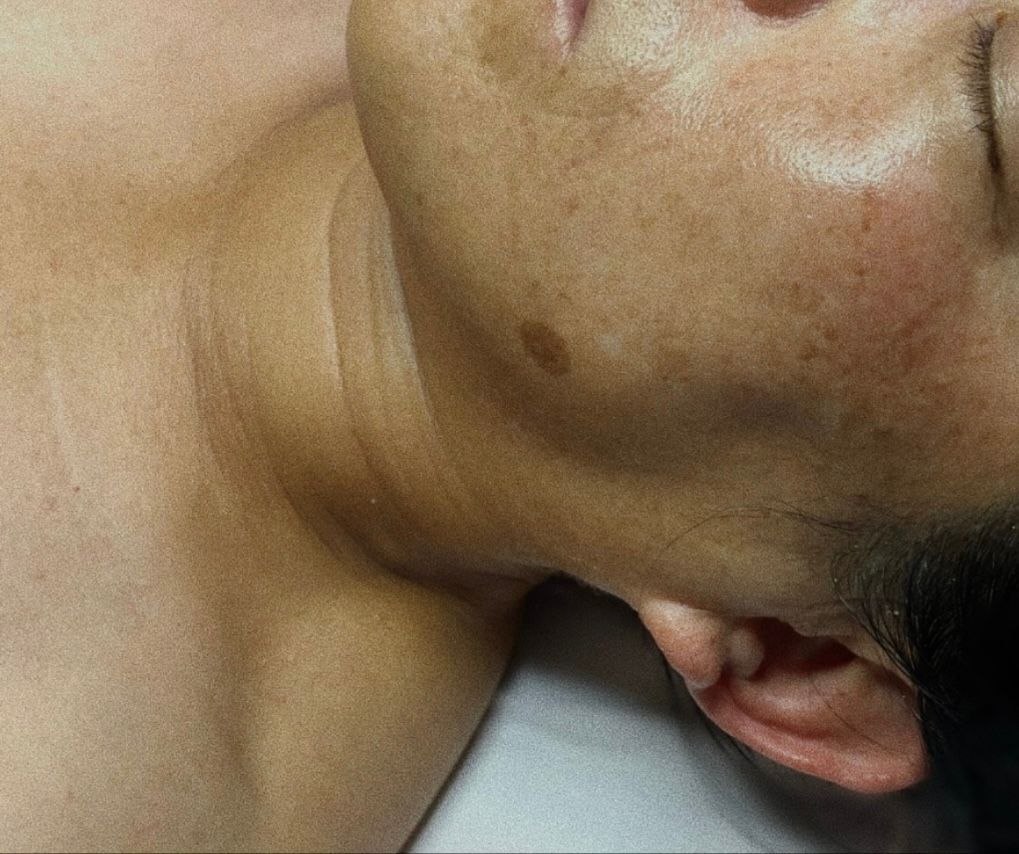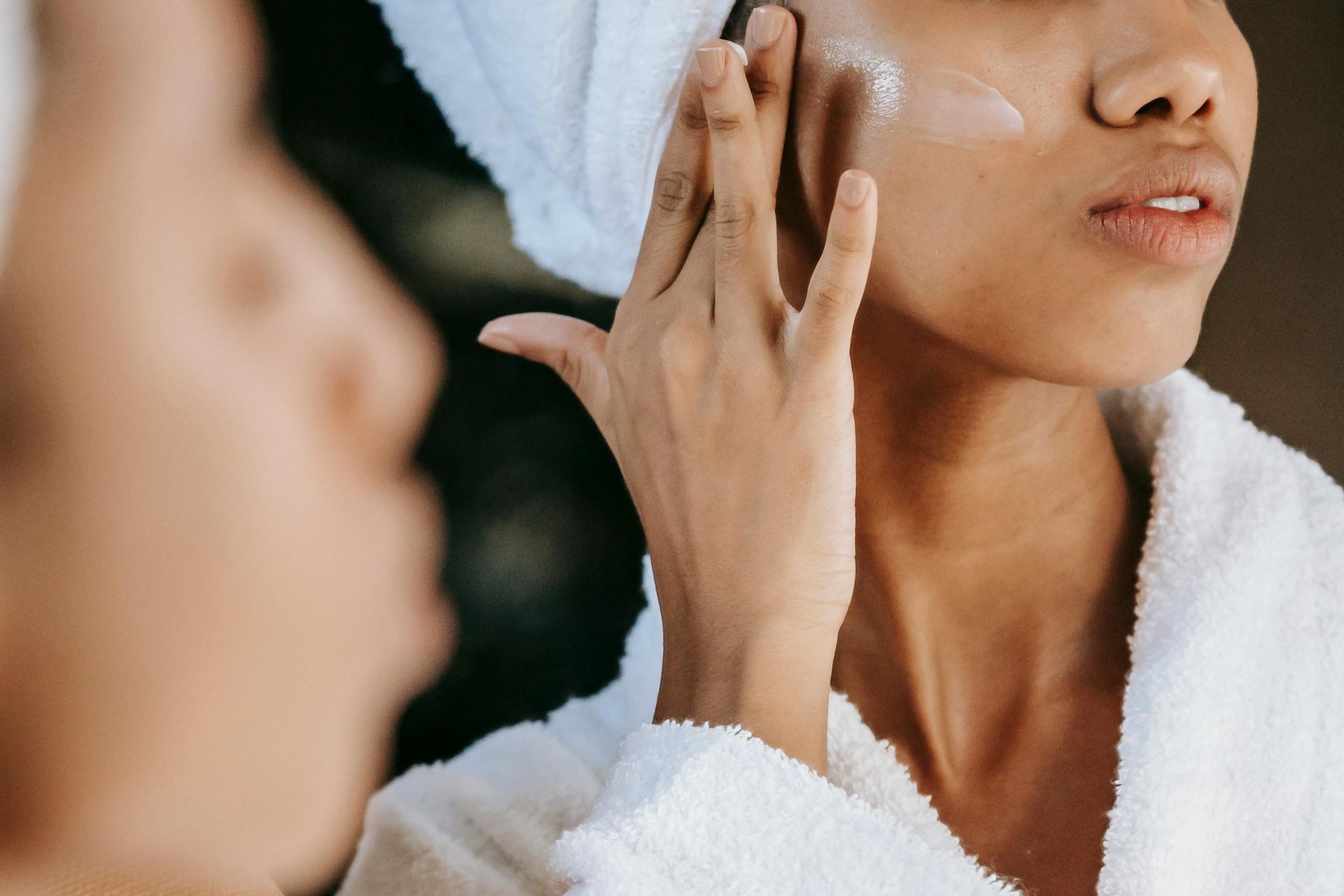CELLSTORY - Liquid Microneedling
CELLSTORY: Liquid Microneedling
Available at Gymno
What is Cellstory Liquid Microneedling Treatment?
Cellstory is a facial rejuvenation treatment that utilizes Microspear — a technology that uses spicules derived from freshwater- grown sponges to enhance ingredient absorption. These spicules undergo a 13- step purification process before being coated with growth factors, plant stem cells, amino acids and botanical calming extracts. When applied to the skin, these ingredients penetrate deep into the epidermis, stimulating the production of new, healthy skin. This process helps to brighten the complexion, reduce the appearance of fine lines and wrinkles, and restore a youthful, bouncy glow.
Cellstory Liquid Microneedling vs Traditional Microneedling
While traditional microneedling uses tiny sterile needles to create controlled micro-injuries to the skin, Cellstory takes a different approach. Traditional microneedling stimulates collagen production and skin healing, but it requires numbing and typically involves some downtime. In contrast, Cellstory utilizes the patented Microspear technology which features 50,000 spicules to stimulate cellular turnover and promote skin rejuvenation with minimal discomfort and no downtime.
Who is Cellstory for?
Cellstory is suitable for all skin types, including those with acne. If you’re looking to:
- Reduce the appearance of fine lines, especially around the forehead and eyes
- Even out your complexion
- Clear acne and acne scars
- Achieve youthful, radiant and bouncy skin
Then Cellstory might be the perfect treatment for you.
What to Expect
Before your Cellstory treatment, it is important to avoid certain procedures to ensure the best results. Refrain from Botox and fillers for at least 14 days, and avoid lasers, chemical peels, microneedling and mesotherapy for 7 days.
During the treatment, you may experience a prickling or tingling sensation, which may feel like tiny shards of glass lightly scratching the surface of your skin. This is completely normal and the sensation will persist for up to 72 hours post-treatment. Don’t worry- these Microspears will naturally shed as your skin renews itself.
After your treatment, it is essential to follow a few guidelines for optimal recovery. For the next 72 hours, avoid:
- Retinols
- Exfoliants (physical or chemical)
- Oil based products
- Heavy sweating (e.g., saunas, heavy exercise)
- Sun exposure
Additionally, for one week after your treatment, you’ll need to avoid chemical peels or lasers.
For Best Results
For optimal results, we recommend undergoing one Cellstory treatment per week for 4 weeks. However, many clients begin to notice visible improvements after just one session. After the initial 4 treatments, you can continue with additional sessions, spaced 7 days apart, to maintain or enhance the results.
Interested in trying this new treatment? Contact us through Instagram, Facebook or Email




